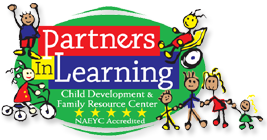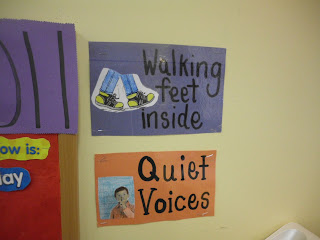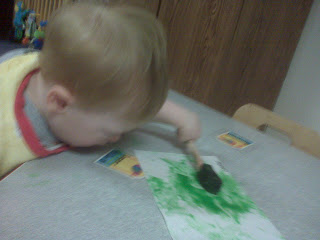the activities of the day to cool off, rest and regain our composure. We take a TIME
OUT! When using time out with our children, it has the same purpose. Being over
stimulated or being tired, often precede the need to use time out with our children.
Our children need a break, they have gotten angry or too frustrated to deal with the
situation in an appropriate manner. Though time out is used as a discipline method
its purpose is to allow the child to cool off so that they can better handle the situation.
A few simple steps as to how time out should be conducted:
• Stay Calm
• Identify to your child that time out is about to occur
• Pick the place whether it is their room or a particular chair
• Tell your child why they are in time out
• Use a timer as a visual for the child and a reminder for the parent that time out is over
It does not matter if you are a permissive parent or a strict parent, what matters is that you are:
• Persistent
• Patient
• Calm
Last but not least cute ideas to use at home for a time out situation would be to have a “Cozy Corner” with a bean bag or a “Thinking Chair”.
 |
| Resting in my "Thinking Chair" |
Dr. Joseph Stegman
http://www.behavioralpeds.com/






























